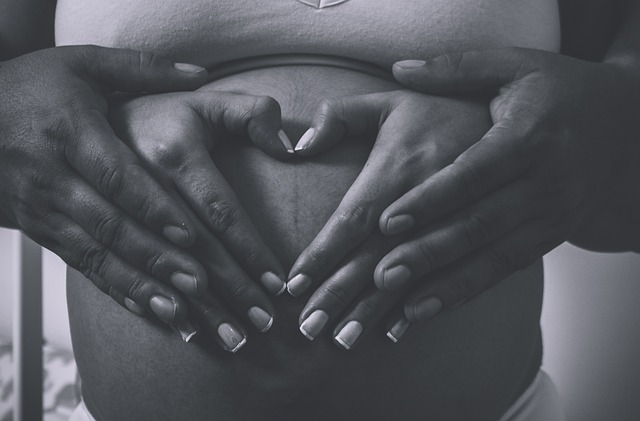In my youth, I learned to ride a bicycle in a quiet bank parking lot in a small West Virginia town. Each weekend morning, my grandfather would jog behind me, steadying the seat as I pedaled in circles. As my skills improved, we ventured out onto the scenic paths along the Potomac River, each ride becoming one of my cherished childhood memories.
Today, I reside in New York City, where my living space lacks the room for a bicycle, and the nearby parks are insufficient for proper riding. While many brave cyclists navigate the bustling streets, I find myself hesitant to join them. My 5-year-old son has yet to learn how to ride, and I’m unsure of the best approach to teach him.
Then I came across an intriguing initiative: public schools in Washington, D.C., are incorporating bicycle riding into their physical education classes for second-graders. This innovative program, spearheaded by the director of health and physical education, Jessica Thompson, involves sending out fleets of 475 BMX bikes to schools for several weeks at a time. The goal is to provide intensive cycling lessons to children who might otherwise miss out on this essential life skill.
This initiative, part of a broader effort known as “Cornerstones,” aims to address educational disparities by offering specialized curricula to students in D.C. By teaching all children, including those without access to bikes or safe riding environments, this program seeks to promote equity in urban biking. As noted in a report by CityLab, “Urban biking has a well-documented equity problem.” As cities expand bike-sharing programs and infrastructure, it’s crucial to ensure that low-income residents are included in the cycling renaissance.
A significant contributor to the rising childhood obesity rates is the lack of physical activity. In my childhood, many kids walked or cycled to school, but today, safety concerns and travel distances often deter parents from allowing their children to do the same. According to Lauren Carter, director of the National Center for Safe Routes to School, safety concerns are the most common reasons parents cite for not permitting their kids to bike or walk to school. However, increasing the number of cyclists and pedestrians can enhance safety for everyone, as noted by SafeRoutesPartnership.org.
Elected officials often hesitate to allocate more space for bike lanes, believing that a lack of cyclists makes it unjustifiable. Therefore, by fostering a new generation of confident cyclists, we could gradually shift the balance between car lanes and bike lanes. Washington’s bike-share program has already shown a measurable effect on reducing traffic congestion.
While I wish my children could experience learning to ride a bike as I did, the current environment makes it challenging. If their school included cycling in physical education, it would provide them with a valuable skill for affordable, healthy, and environmentally-friendly transportation. Frankly, I would love to hop on a bike myself again; we could ride along the river together.
In summary, incorporating bicycle riding into school curricula can help bridge gaps in physical education, promote equity, and encourage a healthier lifestyle among children. The initiative in Washington, D.C. serves as a promising model for other cities to consider.
Keyphrase: Schools Teaching Bicycle Riding
Tags: home insemination kit, home insemination syringe, self insemination
